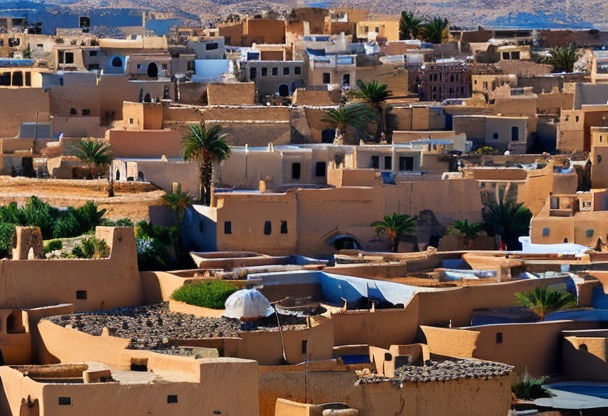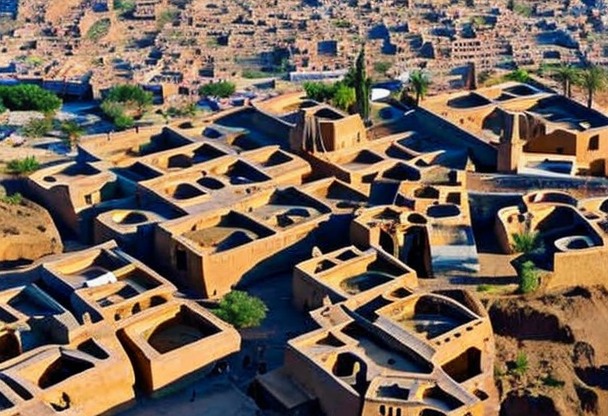WHEN TO TRAVEL TO MOROCCO
Choosing the right period for your trip to Morocco can make all the difference. It's important to consider climatic elements, seasonal events and peak tourist periods to maximize your travel experience.


A visa is required to travel to Morocco. But it is possible with Visamundi to obtain an electronic visa to go there.
Location










Climate
Low and high season in Morocco
In general, Tourism in Morocco has two main seasons: high season (April to June and September to November) and low season (December to March and July to August). However, these periods may vary according to region and activity.High tourist season
The high season corresponds to the most pleasant months in terms of temperatures and weather conditions. Imperial cities such as Marrakech, Fez and Meknes are particularly popular during this period. However, certain regions, such as the Atlas Mountains and the Sahara, can be difficult to access due to snow or sandstorms. Prices for accommodation and activities can also be higher in high season.Low tourist season
Low season offers often more attractive prices and lower visitor numbers, which means you can take full advantage of the sights and activities on offer. Nevertheless, the climate can be less clement, with sometimes very low temperatures in the mountains and more frequent rainfall on the Atlantic coast.Major cultural events in Morocco
The country is renowned for its cultural richness, and several events are organized throughout the year in different cities and regions. Here are just a few:- Marrakech International Film Festival: held in December, this festival showcases Moroccan and international cinema, with a varied program including screenings, meetings and workshops.
- Fez Festival of World Sacred Music: Usually held in May or June, this event celebrates the diversity of spiritual musical expressions through concerts, lectures and exhibitions.
- Mawazine Rhythms of the World Festival: held in Rabat in June, this major musical event welcomes renowned international and Moroccan artists for a series of free concerts.
- Gnaoua and World Music in Essaouira : scheduled for June, this festival showcases Gnaoua music, a traditional Moroccan musical genre descended from black slaves and their descendants.
- Tetouan Professional Theatre Festival: held in July, the festival features plays, workshops and conferences in this northern Moroccan town.
Public holidays in Morocco: to take into account when planning your stay
There are many public holidays in Morocco, and they can have an impact on your activities and travel, with some sites closed or services limited. Here is a non-exhaustive list of the most important public holidays:- Eid el-Fitr: marking the end of the fasting month of Ramadan, this festival is celebrated over two or three days, depending on the region, usually between May and June.
- Eid al-Adha: also known as the "Feast of Sacrifice", commemorates the sacrifice of Abraham and takes place around 70 days after the end of Ramadan, between July and August.
- Independence Day: celebrated on November 18, this day commemorates Morocco's independence from France.
- Feast of the Throne: celebrated on July 30, this day marks the anniversary of the enthronement of King Mohammed VI.
Morocco's climate: an essential factor in planning your trip
The climate varies considerably from one region of Morocco to another, due to its geographical location and oceanic, continental and mountainous influences. Here's an overview of weather conditions in the main tourist regions:Imperial cities and inland
These regions have a Mediterranean climate with mild, rainy winters and hot, dry summers. Temperatures can exceed 40°C in July and August, while temperatures generally drop to around 10°C in January.Atlantic coast
The coast enjoys a more moderate oceanic climate, with pleasant temperatures all year round. Summers are less sweltering than inland, and winters remain fairly mild. However, sea breezes can bring coolness and humidity.Atlas and Rif Mountains
The mountain climate is characterized by lower temperatures and higher rainfall. Snow is frequent in winter, making certain areas inaccessible or dangerous for hikers.Moroccan Sahara
The desert climate is arid and extreme, with wide temperature variations between day and night. Due to the intense heat, it is generally best to avoid the summer months.Insurance
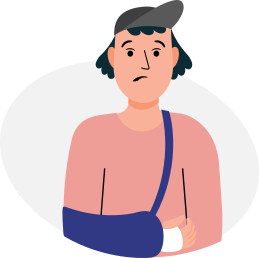
Your credit card does not cover you in all situations, that is whyIt is essential to take out insurance before you leave to avoid any unpleasant surprises. If you need to see a doctor or be hospitalized, in some countries, medical costs are very high and you will then find yourself having to pay several thousand euros.
Our partner Chapka Insurance proposes the contract CAP ASSISTANCE 24/24 with many essential guarantees.
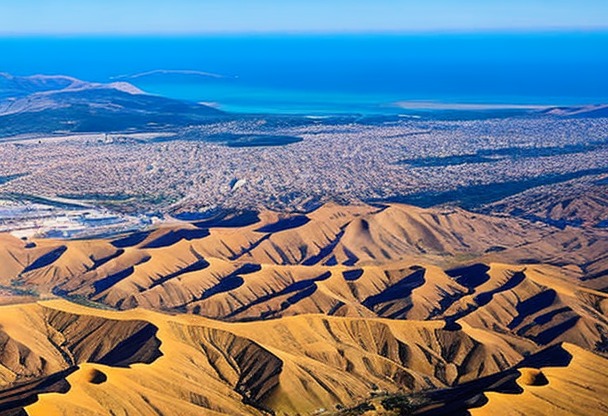
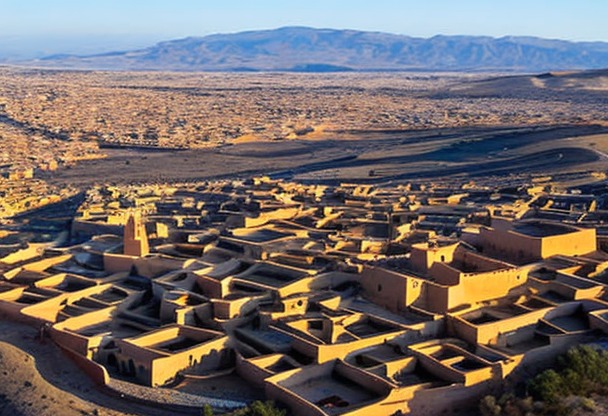
Flights
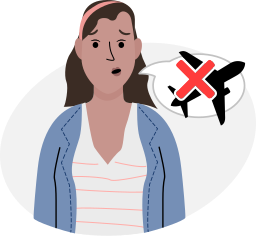
Your flight has been cancelled or delayed ?
You may be eligible for a compensation of up to €600 ! For this, lawyers are responsible for handling your claim with the airline and are only paid when the reimbursement is effective.
In conclusion, no financial risk for you, only advantages!
Key immigration figures for Morocco
In recent years, Morocco has seen a gradual increase in migratory flows from various countries. Here are a few key figures to illustrate this trend:- Some 90,000 regular migrants currently reside in Morocco, an increase of almost 50% compared to 2010.
- More than 60% of regular migrants living in Morocco come from sub-Saharan Africa, particularly from the Middle East. SenegalCôte d'Ivoire and Mali.
- European migrants represent around 30% of the regular immigrant population in Morocco, mainly from France, Spain and Italy.
- The proportion of women among migrants in Morocco is around 40%, with a predominance of African nationalities.
Most popular visas in Morocco
In addition to regular migration, Morocco is also a popular destination for tourists from all over the world. Figures show that visa applications for Morocco are increasing every year, particularly for the following visas:Tourist visas
Tourist visas are by far the most popular type of visa to enter Morocco. Around 13 million foreign tourists visited the country in 2019, up 5% on the previous year. Among the visitors, the majority came from European countries, notably France, Spain and the UK. Chinese and Americans are also among the nationalities visiting Morocco most frequently.Business visas
Thanks to its strategic location and booming economy, Morocco also attracts a large number of business people wishing to develop their activities in the country. Business visas enable foreign entrepreneurs and professionals to take part in meetings, conferences or business events in Morocco. This type of visa is also commonly requested by foreign nationals working in Moroccan companies.Study visas
Morocco is increasingly recognized as a study destination for foreign students, particularly from sub-Saharan Africa. Moroccan universities offer a wide range of study programs in various fields, including medicine, engineering and social sciences. The study visa enables foreign students to pursue their studies in Morocco, and helps strengthen cultural and academic ties between the country and the rest of the world.International tourism figures for Morocco
Tourism plays an important role in the Moroccan economy, and has enjoyed sustained growth for several years. Here are a few key figures to illustrate this dynamic:- In 2019, Morocco welcomed nearly 13 million foreign tourists, an increase of 5% on 2018.
- Tourism revenues reached around $8.1 billion in 2019, up 7.4% on the previous year.
- There France, l'Spain and the United Kingdom are the main countries of origin for tourists visiting Morocco, closely followed by the United States and China.
- The most visited cities in Morocco are Marrakech, Fez, Agadir and Casablanca, which offer a wide variety of tourist and cultural attractions.
